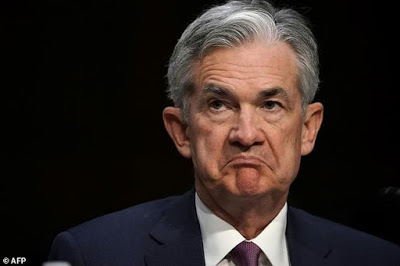With the markets pulling back and experiencing increased volatility since the beginning of the year, we have seen that some defensive names, like Healthcare, are trending up the rankings in the various SIA Index reports. Today, we are going to look at Eli Lilly & Co (LLY) which we last commented on March 8, 2022, when it just entered the Favored Zone in the SIA S&P 100 Index Report just a few days prior on March 4, 2022, at a price of $258.64. Now the shares are at $327.27 representing a $26.6% increase. The shares currently occupy the #1 spot in the S&P 100 Index, up 1 spot in the last week and 5 spots in the last quarter.
In looking at the attached Candlestick chart of Eli Lilly & Co, we see that the shares trended strongly upwards in late February up until Mid April. The shares subsequently consolidated sideways briefly between the $275.00 to $325.00 area. Most recently, we see the shares have now broken out to the upside above its previous high at $325.00. Based on yesterday’s close, the shares are now at $327.27.
If we see follow through to this potential upside breakout, resistance can be found at around $375.00 based on a measured move. Support can be found at $312.00 and then, below that, the bottom of the sideways channel at approximately the $275.00 to $280.00 range.
In the attached Point and Figure Chart at a 1% Scale, we see the share’s strong rally starting in March of this year. Now we see the shares break to the upside and made a new high when the shares traded above $325.12.
If the trend continues, the next area of resistance is at $338.32 and, above that, the $366.35 level. Support for the shares is at the 3 box reversal at $312.43 and, below that, $285.67.
With an SMAX of 9, the shares are still exhibiting near term strength against all the asset classes.
Disclaimer: SIACharts Inc. specifically represents that it does not give investment advice or advocate the purchase or sale of any security or investment whatsoever. This information has been prepared without regard to any particular investors investment objectives, financial situation, and needs. None of the information contained in this document constitutes an offer to sell or the solicitation of an offer to buy any security or other investment or an offer to provide investment services of any kind. As such, advisors and their clients should not act on any recommendation (express or implied) or information in this report without obtaining specific advice in relation to their accounts and should not rely on information herein as the primary basis for their investment decisions. Information contained herein is based on data obtained from recognized statistical services, issuer reports or communications, or other sources, believed to be reliable. SIACharts Inc. nor its third party content providers make any representations or warranties or take any responsibility as to the accuracy or completeness of any recommendation or information contained herein and shall not be liable for any errors, inaccuracies or delays in content, or for any actions taken in reliance thereon. Any statements nonfactual in nature constitute only current opinions, which are subject to change without notice.













